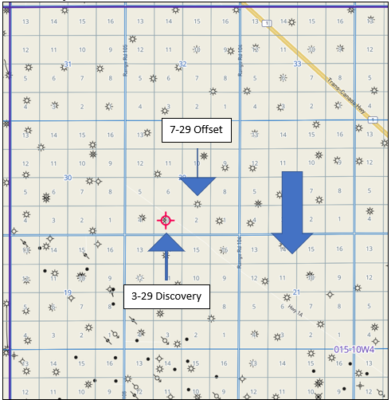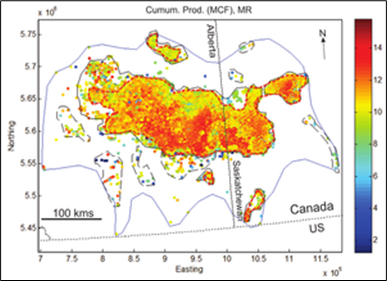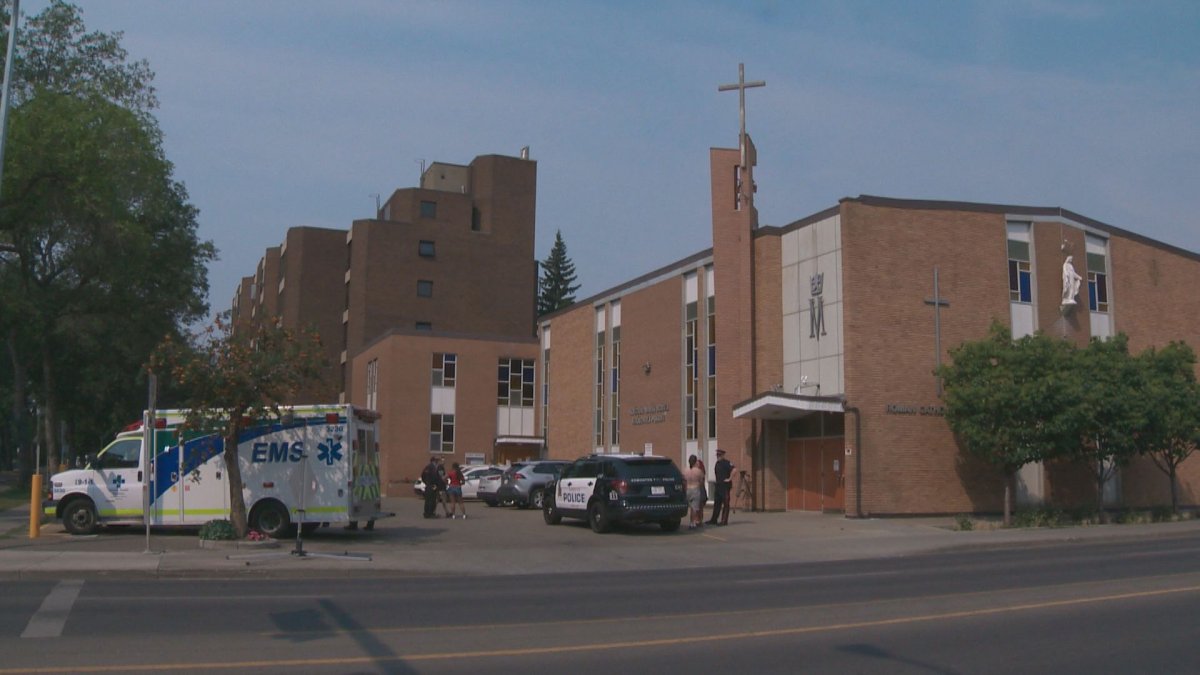UCP SAY'S IF NOT ON OUR TERMS THEN NO THANKS
Alberta minister blames feds for not striking child-care deal before federal election call
Parents are showing mixed emotions, but mainly disappointment and frustration

The Alberta government is blaming Ottawa for not reaching a deal over universal child care prior to a federal election call that will, at the least, postpone negotiations.
The Alberta government launched negotiations with Ottawa last month, but both parties were unable to close a deal before Canada's 44th federal election formally began Sunday.
The province is disappointed that the federal government "failed to accept the terms of an agreement" prior to the election call, said Alberta Children's Services Minister Rebecca Schulz in a statement sent to CBC News through a spokesperson.
Ottawa announced $30 billion over five years and $8.3 billion ongoing to create a quality and affordable child-care system as part of this year's budget, unveiled last April.
To receive a cut of the money, each province and territory had to develop a plan that sends the federal funding "primarily" to non-profit child-care providers, halves child-care fees by 2022, cuts regulated child-care costs to $10 per day by 2026 and grows the amount of affordable child-care spaces and industry workforce.
Seven provinces and three territories have reached an agreement with the federal government.
The Alberta government proposed a plan that would reduce fees by half on average within two years and provide subsidies to people making under $200,000 annually. It would cut fees to $10 per day in five years for "the vast majority" of low- and middle-income families, while creating "thousands" of new child-care spaces, Schulz said.
The proposal would use Alberta's existing child-care subsidies, as well as targeted affordability grants for newcomers and rural and remote communities, she added.
This should have met the federal government's requirements, Schulz said. But the minister claims Ottawa put up roadblocks, including new requirements, at the last minute.
CBC News has contacted the office of federal Families, Children and Social Development Minister Ahmed Hussen, but they did not immediately respond.
Alberta's United Conservative government was skeptical of the program from the jump, citing concerns that it was a "cookie-cutter approach" that, among other things, did not account for shift workers, rural communities and non-regulated forms of child care.
One in seven Alberta families use licensed child care, the province has previously said.
Then, earlier this month, premier Jason Kenney demanded Alberta get unconditional funding for child care, similar to what Quebec would receive through its agreement.
THAT OLD CONSERVATIVE IF QUEBEC GETS ALBERTA SHOULD TOO MANTRA GROWS THIN, WHEN QUEBEC HAS THE VERY MODEL OF TEN DOLLAR A DAY PUBLIC DAY CARE THAT CONS IN ALBERTA HATE. THEY LOVE PRIVATE DAY CARE VS PUBLIC, INCLUDING UNLICENSED DAY HOMES OR WHAT I CALL BABA CARE LA REVUE GAUCHE - Left Comment: Search results for BABA CARE
The Opposition NDP, meanwhile, advocated for the United Conservatives to reach an agreement as soon as possible. Experts who spoke with CBC News were skeptical the province's stance would work in its favour and said signing onto the program could benefit Albertans.
In January, the UCP government chose to discontinue the $25-a-day child care pilot program launched by the former NDP government in 2017.
Last month, the UCP government announced a one-year extension of the Canada-Alberta Early Learning Child Care Agreement, which will see Alberta receive $290 million in federal funds over the next four years.
The provincial government is committed to help working parents in Alberta and remains optimistic that a deal can be reached, should the federal Liberals be re-elected Sep. 20, Schulz said.

No deal leaves parents with mixed feelings
The postponement of negotiations has left some parents expressing mixed emotions, from disappointment, to frustration, to indifference.
It's disappointing to Clorinda Sposito, who has stayed home with her children for seven years.
"Child care is pretty expensive for a lot of families. I have three children, so it would be nice if we had some kind of benefit like that," said Sposito.
"It's pretty much impossible for me to go to work."
Amanda Mueller is also disappointed.
Child-care fees are steep, she said, and it has been tough juggling working from home and taking care of her infant during the pandemic.
"Any kind of relief there would have been super helpful."

Meanwhile, Brandon Corbeil is more frustrated than disappointed, because he recognizes that the Alberta and federal governments have often not seen eye-to-eye.
Corbeil worked in the service industry before being laid off during the COVID-19 pandemic. He's now a stay-at-home dad.
Child care at $10 per day would "greatly increase the odds of me returning to work sooner than later," he said.
He also has young children, thus his family would benefit from cheaper child care for longer.
"It definitely for the next four years would be pretty crucial in order to progress with my career," he said.
For Tomasz Czura, however, a deal not coming together doesn't make much of a difference.

In part, because he'll sort something out to ensure his son is looked after. But Czura also believes $10-per-day child care is unsustainable, based on the various costs of running a daycare such as food and employees.
"They can pay for that — either federal or provincial — but it's subdividing something that is supposed to be self-sufficient," he said.
"We can only go and be nice to a certain point. Past that point, people have to realize, 'I have to pay for certain things if there's no other way around it.'"







